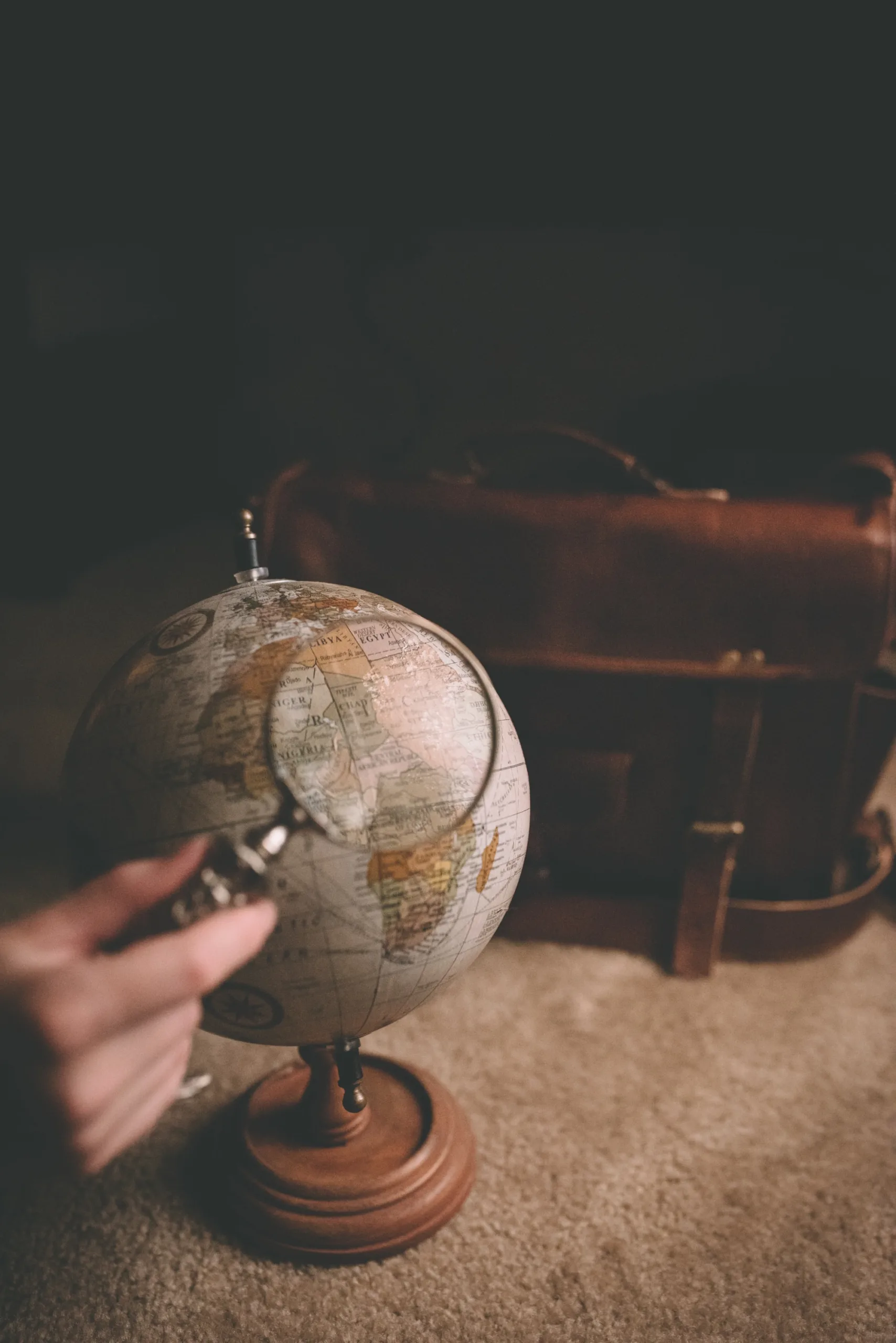1. PREREQUISITE CONDITIONS
Have you been married for over a year?
You will be unable to begin divorce proceedings until you have been married for over a year.
2. THE DIVORCE APPLICATION
Has your marriage broken down irretrievably?
Under the old regime, couples wanting to divorce had to rely on one or more “facts” to evidence that their marriage had irretrievably broken down. Three of these facts were fault-based (adultery, unreasonable behaviour and desertion), and two facts related to periods of separation – namely, two years if both parties consented and five years without consent.
However, it is now no longer necessary to assign fault. Consequently, this has helped couples avoid the acrimony that sometimes previously developed when one spouse had to ‘blame’ the other for the relationship breakdown. This has also enabled couples to press ahead with divorce proceedings, rather than waiting for two years to pass so that they could avoid relying on a fault-based fact.
Although many have welcomed the change, it has been said that some parties feel hard done by the fact that they can no longer blame their partner for their divorce. In some ways, the old system provided a spouse with the satisfaction of exposing their spouse’s indecencies to the Court.
Does your spouse agree that your marriage has broken down irretrievably?
If yes, you can make a joint application, together with your spouse, to the Court for divorce. If not, you can make a sole application for divorce.
You can apply for a divorce online or by post, with the applicable Court application fee being £593.
3. RESPONDING TO THE DIVORCE APPLICATION
Joint application
Once the divorce application has been issued, if you have jointly applied to the Court, you will both need to submit an “acknowledgement receipt” to the Court.
Sole Application
If you made a sole divorce application, your spouse will have to complete an “acknowledgement of service” within 14 days confirming that either (i) they agree with the divorce or (ii) they intend to dispute the divorce. Before responding to an application, it would be sensible to seek legal advice.
Disputing a divorce application
If your spouse disputes the divorce, they will need to complete an “answer form” confirming their reasoning. Please note that your spouse must have a genuine legal reason such as (i) the Court does not have the jurisdiction to entertain the proceedings; (ii) the marriage is not valid or (iii) the marriage has already legally ended. They cannot object to the divorce simply because they do not want it or wish to delay the process. If your spouse notifies the Court that they wish to dispute the divorce but do not complete the “answer form”, you will be able to proceed with your divorce application.
4. CONDITIONAL ORDER
You must wait 20 weeks after your divorce application has been issued before applying for a conditional order. A conditional order is a document that confirms that the Court does not see any reason why you cannot divorce. If the judge approves your application, you will be sent a certificate, which will tell you the time and date on which you will be granted a conditional order. This is the halfway stage of your divorce application.
This 20-week cooling-off period is intended to give parties time to enter into financial discussions and seek to reach a settlement on the same.
Please note that whilst the divorce application is separate and distinct to matters concerning children and matrimonial finance, a judge will be unable to approve an Order regarding your matrimonial finances until you have your conditional order.
5. FINAL ORDER
Following a conditional order, you have to wait 43 days (i.e. 6 weeks and 1 day) before you can apply for a final order. The final order legally ends your marriage and is the point at which you will go from being “married” to being “divorced”.





